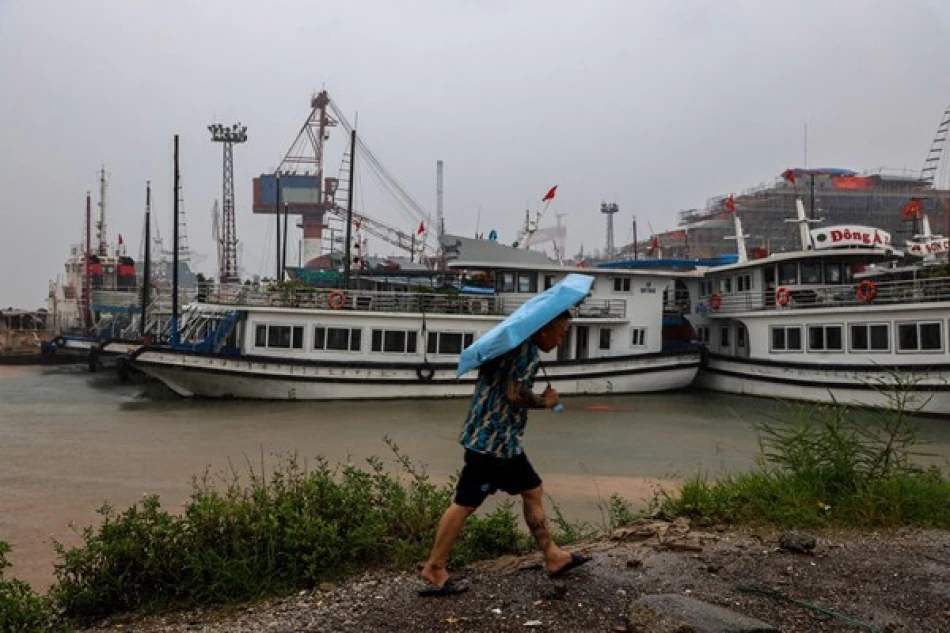
Vietnam Braces for Imminent Arrival of Typhoon "Wipa
Vietnam Braces for Typhoon Yagi as Deadly Storm Threatens Economic Hub
Vietnam declared a state of emergency across its coastal provinces Monday as Typhoon Yagi approaches, forcing mass evacuations and flight cancellations ahead of the storm's expected Tuesday morning landfall. The powerful typhoon, which has already killed at least three people in the Philippines, poses significant risks to Vietnam's northern industrial heartland, including the capital Hanoi, threatening both lives and critical economic infrastructure.
Immediate Impact and Government Response
Prime Minister Pham Minh Chinh characterized Yagi as an exceptionally dangerous weather event, describing it as "a very strong typhoon, moving fast, causing widespread and serious impact on both land and sea." The government has ordered all fishing boats, commercial vessels, and tourist ships to return to shore while initiating evacuations from high-risk areas.
Airlines have cancelled flights preemptively, recognizing that Vietnam's aviation infrastructure—still recovering from pandemic-related disruptions—cannot afford extended closures during peak travel season. The storm's timing is particularly problematic as it coincides with Vietnam's traditional harvest period and the busy shipping season for manufactured exports.
Geographic Vulnerabilities Amplify Risk
Northern Mountains Face Landslide Threats
Vietnam's mountainous northern regions are especially vulnerable to the heavy rainfall Yagi will bring. The area's steep terrain and recent deforestation for development projects have increased landslide risks significantly. Historical precedent shows that similar storms have triggered deadly landslides that can isolate communities for weeks.
Urban Flooding Concerns in Hanoi
The capital's rapid urbanization has outpaced drainage infrastructure improvements, making flash flooding a serious concern. Hanoi's low-lying areas and inadequate storm water management systems struggled during previous typhoons, and Yagi's intensity suggests similar or worse conditions ahead.
Economic Implications Beyond Immediate Damage
Vietnam's manufacturing sector, concentrated heavily in the north, faces potential supply chain disruptions that could ripple globally. The country serves as a critical link in electronics and textile production for international brands, and extended factory shutdowns could impact everything from smartphone components to fast fashion inventory.
The agricultural sector, already dealing with climate change pressures, risks significant crop losses during a crucial harvesting period. Rice production, vital both domestically and for export revenues, could face substantial impacts if flooding persists in the Mekong Delta region.
Regional Pattern of Intensifying Storms
Yagi represents part of a concerning trend across Southeast Asia, where typhoons are becoming more intense due to warmer ocean temperatures. The Philippines, regularly battered by such storms, has invested heavily in early warning systems and evacuation procedures—infrastructure that Vietnam is still developing.
Unlike more developed economies such as Japan or South Korea, which have extensive typhoon-resistant infrastructure, Vietnam's rapid development has sometimes prioritized speed over storm resilience. This typhoon will likely serve as a critical test of the country's disaster preparedness capabilities and may influence future infrastructure investment priorities.
The storm's trajectory and intensity will determine whether Vietnam can maintain its economic momentum or faces a significant setback requiring international assistance and extended recovery efforts.
Most Viewed News

 Layla Al Mansoori
Layla Al Mansoori






